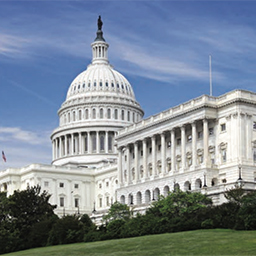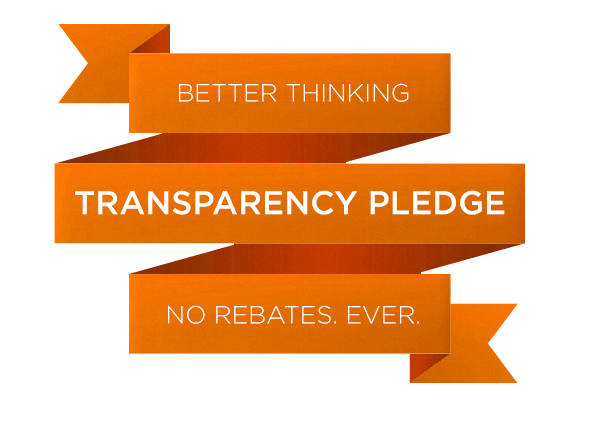Published on
Redesigning Government to Meet Change.

Federal agencies are under more pressure than ever before. Ripples from the 2016 election, past recession, and changing audience needs make it harder than ever to plan for results. Here, we explain a new organizational theory that will help government agency managers structure teams and outside partners — to improve performance in today’s volatile world.
Download White PaperPublished on
10 Ways to Fix the Unseen Video Ad Problem

Just when digital marketers were getting excited about comScore’s latest report, which showed U.S. online ad spending reaching a record $12.1 billion in the fourth quarter of 2013, fueled by video advertising, The New York Times had to go rain on the parade. This past Sunday, in a piece titled “The Great Unwatched,” the Times pulled no punches in explaining how most digital video ads are never seen.
Read ArticlePublished on
The Evolutionary Psychology of Digital Clutter

The dream of tech companies is to knit together a seamless, integrated system for our gadgets, phones and TVs that works for humans and one data pool that assists marketers. This is why Amazon, Apple and Google keep attempting to build a single interface to rule the digital screens spread throughout your home. The only problem: Humans don’t want that.
In the 1960s, anthropologist Edward T. Hall and psychologist Robert Sommer discovered three distance fields in which humans take in the communications…
Read ArticlePublished on
The 7 Levels of Loyalty Programs

One of the great ironies of marketing is that while organizations worry continually about customer loyalty, economists provide scant help in thinking through the levers of a loyalty program. The presumption of economic theory is that people conduct transactions rationally to maximum perceived value (profit) and minimize perceived pain (loss). So most marketers try to build loyalty by giving what they think is economic value (say, coupons or points programs) or using subscription agreements that maximize the pain of leaving.
Read ArticlePublished on
How to Mine the Upcoming Gold Rush of Wearable Data

Like early-1800s railroad engineers trying to figure out the optimal width for track gauges, gadget makers in the 2010s are frantically experimenting with wearable technology. Nike put a “+” sports sensor into sneakers. Google launched Glass heads-up eyeglass displays. Disney research labs has announced Touché, a technology that can turn any surface — clothing, water, your leather couch — into a touchscreen sensor. Reebok has headgear that tells football players when they’ve taken too big a hit. Wearable is the new gadget gold rush.
Read Article











